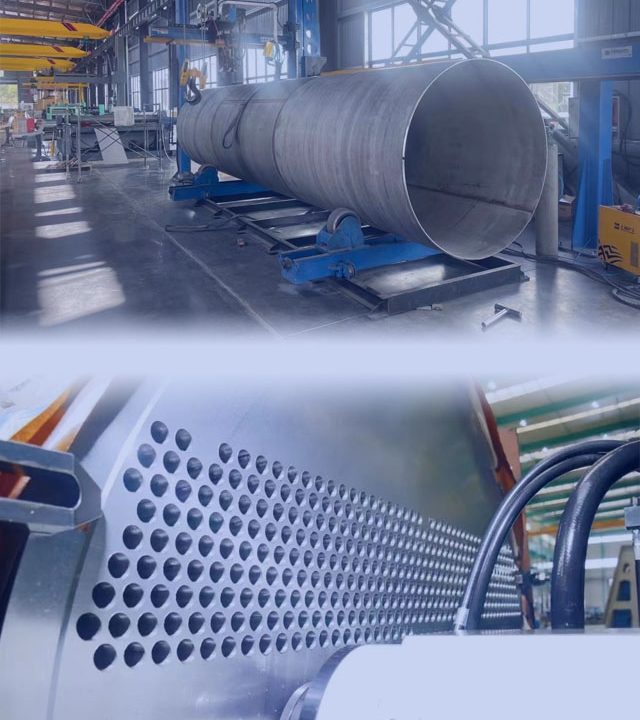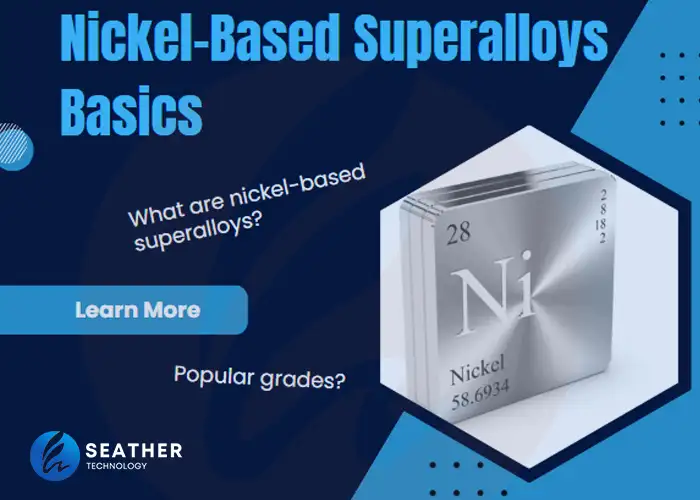Introduction to Aluminum
Aluminum, a silvery-white metal, is the 13th element on the periodic table. Known for its low density, approximately one-third that of steel, aluminum is a popular choice in various industries due to its unique combination of properties. It’s soft, nonmagnetic, ductile, and has a high affinity for oxygen, forming a protective oxide layer when exposed to air. This layer enhances its corrosion resistance, making it ideal for numerous applications. Aluminum is abundantly found in the Earth’s crust, primarily in bauxite, and is the twelfth-most common element in the universe. Its discovery in 1825 and subsequent industrial production in the mid-19th century have led to its widespread use in transportation, construction, packaging, and more.
Aluminum Density and Its Significance
The density of aluminum is about 2,710 kg/m³, which is significantly lower than many other metals. This low density, combined with its strength, makes aluminum an excellent choice for applications where weight reduction is crucial, such as in aerospace and automotive industries. Its high strength-to-weight ratio allows for the creation of lightweight yet durable structures and components.
Different Grades and Alloys of Aluminum
Aluminum alloys are created by mixing aluminum with elements like copper, magnesium, manganese, silicon, and zinc. These alloys are classified into two main categories: casting alloys and wrought alloys, further divided into heat-treatable and non-heat-treatable types. The density of these alloys doesn’t vary significantly from pure aluminum, ranging between 2,640 kg/m³ and 2,810 kg/m³. For example, the 6061 alloy, a blend of aluminum, magnesium, and silicon, is known for its versatility and is widely used in construction and automotive industries. The 7075 alloy, with a higher density of 2.81 g/cm³, offers one of the highest strengths available in aluminum, making it ideal for aerospace and military applications.
Applications Based on Aluminum Density
The unique density of aluminum makes it suitable for a wide range of applications:
- Aerospace:Its lightweight nature is essential for aircraft design, reducing weight while maintaining strength.
- Automotive:Aluminum is used in car frames and engines, improving fuel efficiency and performance.
- Construction:Aluminum alloys are used in building materials, offering durability and corrosion resistance.
- Packaging:Its barrier properties make it ideal for food packaging, preserving freshness and extending shelf life.
- Electronics:Aluminum’s excellent electrical conductivity is beneficial in electrical transmission lines and electronics.
Seather Technology: Excellence in Aluminum Alloy Fabrication
Seather Technology excels in the field of aluminum alloy manufacturing, offering specialized services for custom parts like pipe spools, flanges, and forgings. Their detailed aluminum alloy density data sheet reflects a commitment to quality and precision, catering to diverse industrial needs. With expertise in high-performance alloys such as 6061 and 7075, Seather Technology stands as a key player in sectors demanding strength and precision, positioning themselves as a strategic partner in advanced material solutions.

Understanding Measurements: Weight, Mass, and Volume
To grasp the concept of aluminum’s density, it’s important to understand the relationship between weight, mass, and volume. Density is essentially the mass per unit volume of a substance. In the case of aluminum, its density means that a cube of aluminum measuring one meter on each side would weigh about 2,700 kilograms.
Fascinating Facts About Aluminum’s Density
- Aluminum’s low density is a result of its light nuclei, and the size of its unit cell doesn’t compensate for this difference.
- Despite its low density, aluminum can be alloyed to achieve high strengths, comparable to those of steel in certain applications.
- The density of aluminum plays a crucial role in its recycling process, making it more energy-efficient to recycle than denser metals.
Conclusion
Aluminum’s low density, combined with its other properties, makes it a versatile and widely used metal. From lightweight aircraft to durable construction materials and efficient packaging solutions, aluminum continues to play a pivotal role in various industries. Its ability to be recycled further enhances its appeal as an environmentally friendly material.


